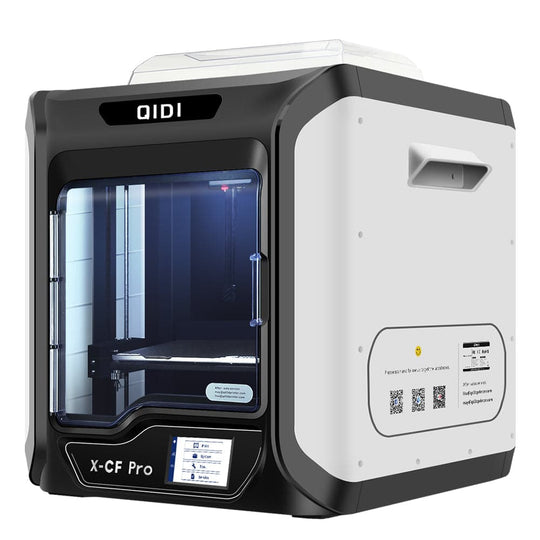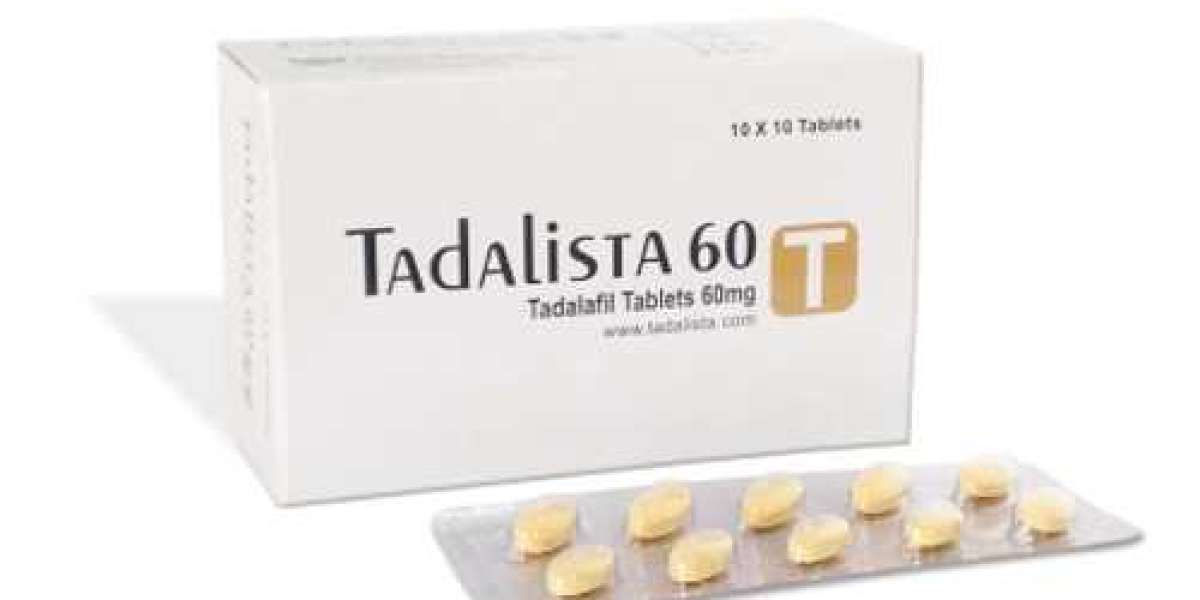Precision FDM printers with heated beds have revolutionized the world of 3D printing, offering unparalleled accuracy and reliability. Whether you are a hobbyist or a professional, understanding how to optimize your printer can significantly enhance your printing results. In this article, we will delve into essential tips and techniques to help you achieve perfect prints every time.

Understanding the Importance of Heated Beds
Heated beds play a crucial role in the 3D printing process, especially for precision FDM printers. They help in maintaining a consistent temperature, which is vital for preventing warping and ensuring proper adhesion of the first layer. But why is this so important?
Heated beds ensure that the printed material remains at an optimal temperature, reducing the chances of warping and improving the overall print quality.
Without a heated bed, the bottom layers of your print may cool too quickly, leading to warping and poor adhesion. This can result in failed prints and wasted material.
Optimizing Bed Temperature
Setting the correct bed temperature is essential for achieving perfect prints. Different materials require different temperatures for optimal adhesion. For instance, PLA typically requires a bed temperature of 60°C, while ABS may need around 100°C. How do you determine the right temperature for your material?
Refer to the material's specifications and perform test prints to find the ideal temperature. Consistency is key, so ensure your heated bed maintains a stable temperature throughout the printing process.
Leveling the Bed
Bed leveling is another critical factor in achieving high-quality prints. An uneven bed can lead to poor adhesion and inconsistent layer heights. Most precision fdm printers with heated beds come with manual or automatic bed leveling features. But how do you ensure your bed is perfectly level?
- Start by cleaning the bed surface to remove any debris or residue.
- Use a piece of paper to check the distance between the nozzle and the bed at multiple points.
- Adjust the bed leveling screws or use the printer's automatic leveling feature to achieve a uniform distance.
Regularly check and adjust the bed leveling to maintain optimal print quality.
Choosing the Right Adhesion Methods
Even with a heated bed, additional adhesion methods can further improve print quality. Common techniques include using glue sticks, blue painter's tape, or specialized adhesion sheets. What method works best for your material?
Experiment with different adhesion methods to find the one that provides the best results for your specific material and print settings.
Conclusion
Precision FDM printers with heated beds offer incredible potential for producing high-quality 3D prints. By understanding the importance of heated beds, optimizing bed temperature, leveling the bed, and choosing the right adhesion methods, you can achieve perfect prints consistently. Remember, practice and experimentation are key to mastering your 3D printing process.
Additional Resources
For more detailed information and product recommendations, check out the following resources:
References




